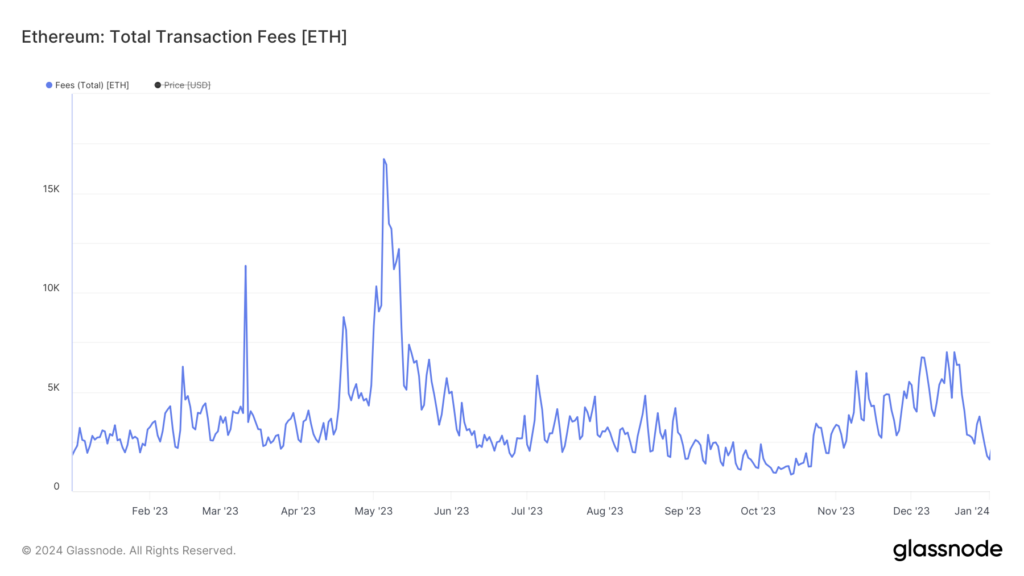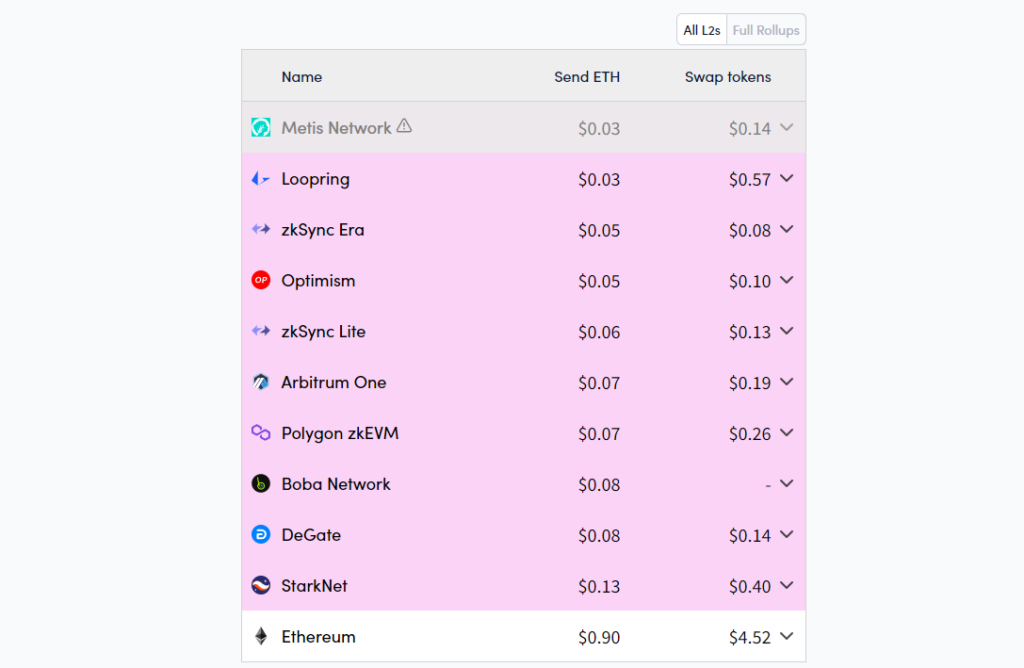The high fees for transactions on Ethereum represent an obstacle for many users of the network. Last year, a clear migration revealed the preferred way to overcome it: second-layer networks (Layer 2 or L2), which increase the commissions paid for their use by more than 400% increased.
According to a report the PWN credit protocol, Ethereum L2 saw a 411% increase in commissions paid overall in 2023, totaling $207 million. The comparison is made with respect to the previous year, 2022, and confirms that there are more and more users and an increasing transaction volume on these alternative networks.
If you analyze the statistics in detail, you can see that Arbitrum and zkSync were the most used L2 and therefore accumulated the most commissions in their protocols. Arbitrum generated $63 million in commissions in the above year (190% more than in 2022)., while zkSync reached $60 million. Another notable network was Optimism, with commissions of $37 million and 103% year-over-year growth.
Meanwhile, the Ethereum main network has seen a decline in commissions that users pay to occupy each block's space and transact within it. The PWN report states that $2,406 million was paid in commissions, 44% less than in 2022. Another fact for comparison: Commissions in Bitcoin amounted to $796 million, increasing by 461% year-on-year.
As can be seen below, Ethereum saw almost no spikes in activity after May, keeping fees almost always below 5,000 Ether (ETH) per day.

Lower costs, the lure of Ethereum L2s
Second-layer networks on Ethereum are blockchains that operate separately from the main network, but use it to leverage its security. This allows L2s to process large numbers of transactions on their network at low cost using tools called rollups and then store them in a block that is recorded in Ethereum's distributed accounting system.

The process allows for a significant reduction in commissions for users. This is exactly the main reason why they use L2, which is compatible with Ethereum smart contracts and includes more and more protocols and applications that can use them. Examples include decentralized exchanges (DEX) and lending platforms, two of the most popular categories among decentralized protocols.